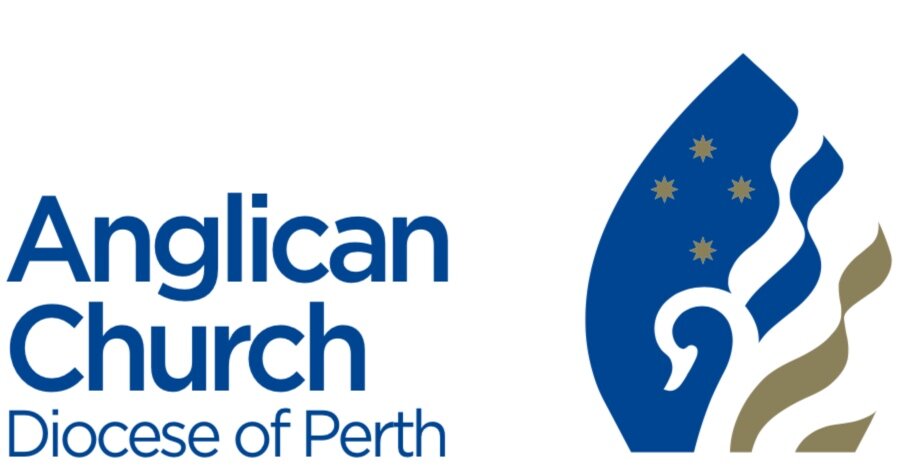Pontius Pilate did not live in Jerusalem. Jerusalem is inland, and old, and it was full of Jews. No, Pilate lived in Caesarea Maritima - today we would call it ‘Emperorsville By The Sea’. There, the sea breeze would cool him down in the evening. He could go for a dip in the ocean pool, catch a performance at the open-air theatre, and dine on delicacies that arrived by boat at the massive port. Pilate was the embodiment of Rome for the occupied territory called Palestine. Herod may have been called ‘King of the Jews’ - but he was a puppet. Pilate had the real power in the region. Several times a year, Pilate would make the 100km journey to Jerusalem during the major festivals. This was not because he liked the Jews and wanted to join in their rituals and celebrations. Pilate would be present in Jerusalem as a sign that Rome was watching. The thousands of extra people who would flock in to the ancient city could be under no illusion about who was in charge.
Pilate did not, of course, travel alone. There were mounted cavalry and foot soldiers. Drums and trumpets marked his entry. There were banners topped with golden eagles, and soldiers wearing armour which glinted in the sun. And when Pilate processed into Jerusalem, it was not merely a man arriving. Pilate was the agent of the Divine. The Emperor Tiberius in Rome was called ‘Son of God’, ‘Lord’, ‘Saviour’ and ‘Prince of Peace’. When Roman Emperors died, it was claimed, they ascended to the heavens, to take their permanent place amongst the gods. Rome was a theological empire - the Emperor was a god, and to be Roman was to worship the Emperor as a deity.
So, from the West rides Pilate. Military might. Civic authority. Heavenly power.
From the east, the Mount of Olives, rides Jesus.
Now, I’ve been involved in a few protests and demonstrations in my time, so I know that these sorts of things require preparation. So did Jesus. He sent two of his mates ahead to the village to find something specific - a colt, a young donkey. Presumably, other followers were in place so that by the time Jesus arrived riding down the hill, they could begin throwing their cloaks on the ground and singing and chanting. And what was their chant? ‘Blessed is the king who comes in the name of the Lord! Peace in heaven, and glory in the highest heaven!’
This carefully choreographed demonstration is inspired by a portion of the book of the Prophet Zechariah, chapter 9:
Rejoice greatly, O daughter Zion! Shout aloud, O daughter Jerusalem!
Lo, your king comes to you; triumphant and victorious is he,
humble and riding on a donkey, on a colt, the foal of a donkey.
You need to imagine the scene. Jesus riding on the colt, behind him rises the Mount of Olives. In front of him - towering high, one of the most impressive structures in the whole Roman Empire, is the Temple Mount, and, next to it, Herod’s monstrously decadent palace. Concealed from view on the other side of the Temple, but ever-present in people’s minds, was the other procession - Pilate, the Roman Prefect, stamping the Empire’s authority on the City of David. And this, you see, is why the Zechariah imagery is so central, because it goes on to describe what kind of King Jerusalem will see arriving in this way:
He will cut off the chariot from Ephraim and the warhorse from Jerusalem;
and the battle-bow shall be cut off, and he shall command peace to the nations;
his dominion shall be from sea to sea, and from the River to the ends of the earth.
Chariots, warhorses and battle bows - cut off! Peace for all nations. This is the alternative vision that the prophet Zechariah proclaims, and that Jesus appropriates for his movement. Let’s not kid ourselves that this public demonstration was spontaneous, or humble. It is a deliberate defiance of the power of Rome, and the corruption of the Jerusalem elite.
In this present moment, we are seeing a similar act of exposure play out. Now, I want to be clear that God does not send plagues or cyclones or parking spots to people, and God has not sent this pandemic as an encoded message. That kind of thinking is destructive. But in the midst of this global health crisis, we are seeing the weaknesses, corruption and sick assumptions at the heart of society laid bare. Our lust for consumption and acquisition, and our delusions about what truly makes us human – all of these are now being questioned. It took a virus to show what was already there.
So this Holy Week, my invitation to you is to see the world as it truly is, not the marketing image or the false ideal, but the cold reality. Just as Jesus’ in his action sought to expose the violence, corruption and false sacred of the Roman Empire, so may your vision and mine be cleansed, so that we can see the world with fresh eyes.
The Lord Be With You

